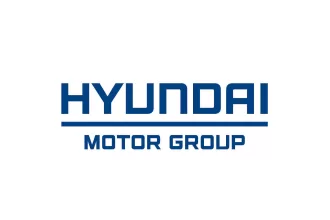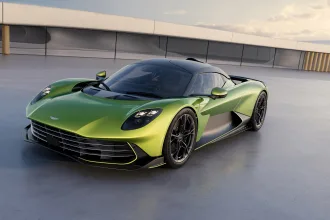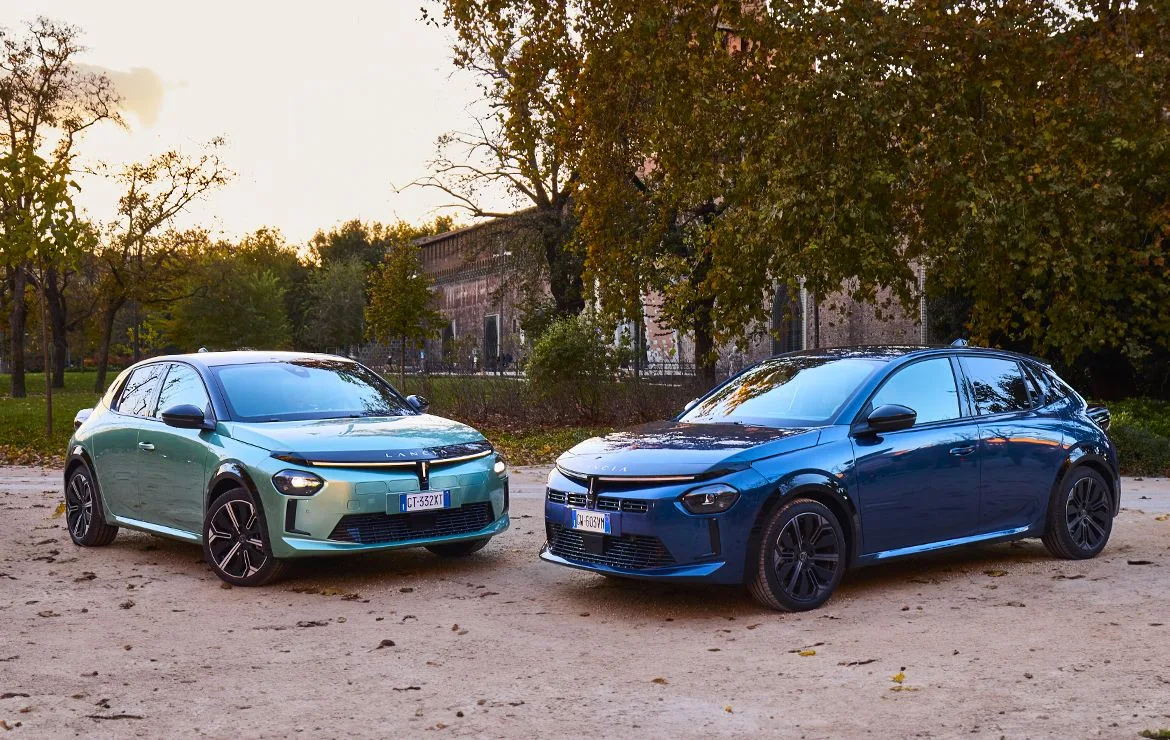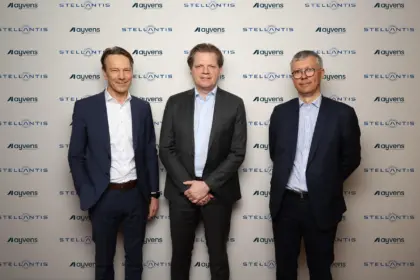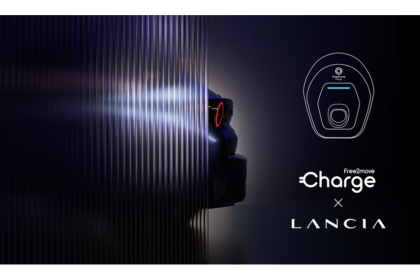- Starting April 8th, the New Ypsilon range will feature two new upgrades, solidifying its leadership in the premium hatchback B-segment.
- Without alterations in its pricing, Lancia enhances the Ypsilon Electric, which now hits up to 425 km of range at zero emissions thanks to an optimized battery and a more efficient powertrain.
- The New Ypsilon Hybrid claims a combined output of 110 hp in anticipation of the 2027 Euro 7 regulations, facilitating communications that are more transparent and in line with future market standards.
Lancia takes another step towards making urban mobility increasingly more sustainable, affordable, and transparent thanks to two new upgrades to the New Ypsilon range which will be introduced starting April 8th. First off, we have an evolution in the Ypsilon Electric, which now provides up to 425 km of range at zero missions according to the WLTP cycle. Secondly, a significant upgrade has been applied to the Ypsilon Hybrid, which now claims a combined output of 110 hp in anticipation of the Euro 7 regulations expected in 2027.
With a 54-kilowatt-hour battery and a 115-kilowatt electric engine offering 156 hp, the New Ypsilon Electric allows one to cover up to 425 km with a single charge—an increase of around 6%, or 22 km more than the previous model. This improvement comes courtesy of a nickel-manganese-cobalt battery with enhanced chemistry and an even more efficient powertrain.
Average consumption now comes in at 14.3 kilowatt-hour every 100 km, making Lancia’s new compact car even more sustainable and easier to manage without an increase in its cost. Furthermore, when the car needs to be charged, it reaches 80% in less than 30 minutes in a 100-kW charging station with direct current. In short, with this new upgrade, Lancia has proven once again its commitment to making electric mobility even easier and more worthwhile.
Simultaneously, Lancia has introduced a significant change on the Ypsilon Hybrid as well, opting to be more transparent about the actual power output available. The model goes from a declared output of 100 to 110 hp—the total of the performance delivered by the combustion engine and the electric one integrated into the 48-volt system. This choice was made in anticipation of the Euro 7 regulation which, starting in November 2027, will require all hybrid models to state their combined output, and not merely that of the combustion engine.
With this update, Lancia has adopted the sector’s best practices, offering its customers with more clarity and greater perceived value. The New Ypsilon Hybrid features an overall power output of 81 kilowatt, the equivalent of 110 hp, which comes from a 74 kW combustion engine and maximum electric contribution of 21 kW. No modifications have been made to the technical system, the performance, or the consumption. Everything under the hood is the same, but now it is more transparent and in line with market changes.
In short, with these two updates, Lancia has emboldened the New Ypsilon’s role as the benchmark in the premium hatchback B-segment, bolstering a model which unites elegance to sustainability. This goes both for the full-electric version—perfect for zero-emissions urban mobility—and the hybrid model—efficient, fluid, and all set for the standards of the future.


